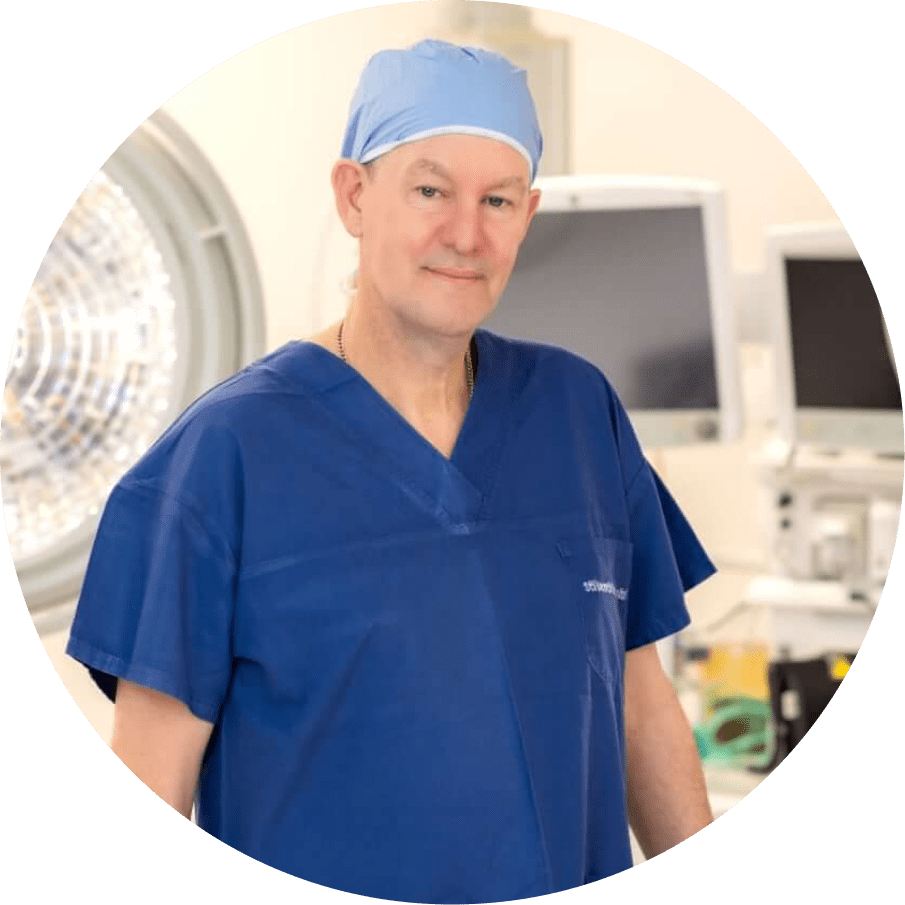The lumbar spine consists of five vertebrae (L1 to L5) and plays a crucial role in supporting the upper body, facilitating movement, and protecting the spinal cord. These conditions can be caused by factors such as aging, trauma, degeneration, herniation, or congenital issues.
Overview of common surgical procedures and anatomical approaches Dr Parkinson often employs:
Lumbar spine conditions can be a significant source of morbidity, often leading to pain, functional limitations and reduced quality of life. It is essential to consult a healthcare professional for an accurate diagnosis and appropriate treatment plan if you suspect you have a lumbar spine condition as some conditions can cause permanent nerve and spinal cord injury if left untreated, which can result in long-term disability and permanently impaired movement. Treatment options vary depending on the specific condition, its severity, and the patient’s overall health.
Overview of common surgical procedures and anatomical approaches Dr Parkinson often employs:

MBBS, BMedSci, FRACS
Neurosurgeon & Spine Surgeon with 25+ Years Experience
He consults and operates from Sydney’s most advanced neurosurgical and spinal surgery hospitals, including St Vincent’s Private Hospital, Prince of Wales Private Hospital and The Mater Hospital.
These hospitals offer the latest neurosurgical facilities, including cutting-edge imaging equipment and surgical navigation systems, dedicated and well-trained theatre clinical staff, as well as post-surgical rehabilitation specialists.
A/Prof Parkinson’s areas of expertise include surgery of the entire spinal column, scoliosis surgery, peripheral nerve surgery, as well as physical rehabilitation of athletes that have suffered a brain or spine injury.
Please get in touch with our reception team if you have a general enquiry for A/Prof Parkinson, or your would like to book an appointment.

Office open hours are between 8:30am to 4:30pm. Please call to make an appointment.
Copyright © iSpine 2024